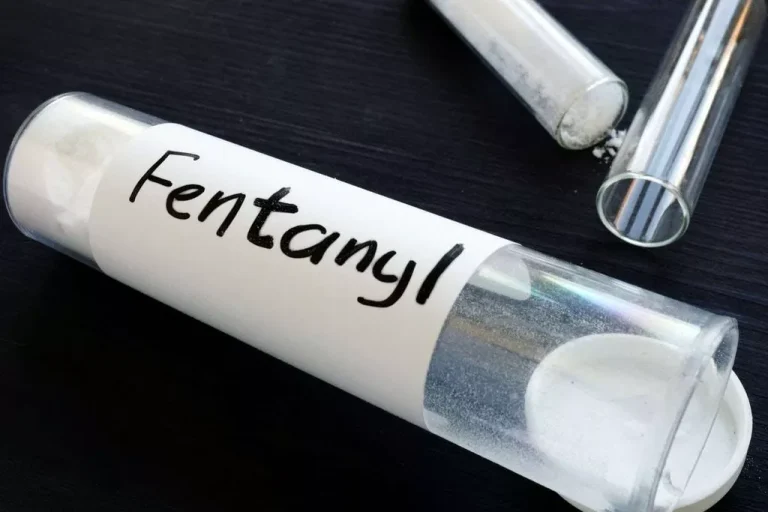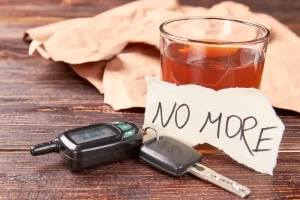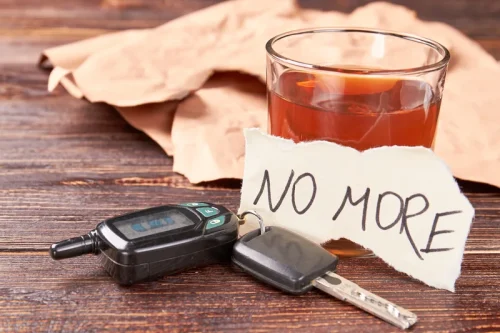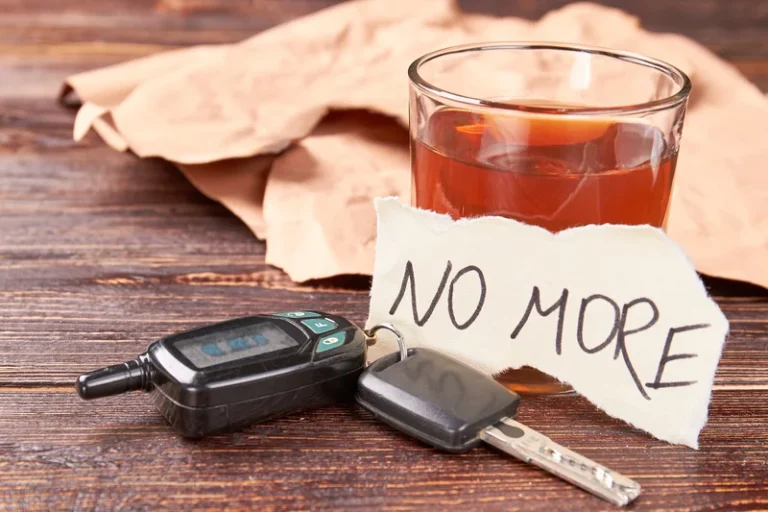
Bezpečné a pohodlné transakce jsou nezbytnou součástí online sázení. Favbet nabízí široké spektrum platbych možnosti, aby zajistil zabezpečení transakcí pro své klienty. Bez ohledu na to, zda preferujete bankovní převod, kreditní karty nebo online peněženky jako Neteller, Paypal nebo Skrill, Favbet má pro vás připravené rychlé a spolehlivé vklady.
Jaké jsou dostupné metody pro vklad a výběr peněz na Favbet?
V online kasinu Favbet naleznete široký výběr různorodých metod pro vklady a výběry peněz. Mezi nejpohodlnější patří bankovní převod, který umožňuje přenášet peníze mezi vaším účtem a kasinem rychle a bezpečně. Další populární možností jsou platební brány jako PayPal, Neteller nebo Skrill, které zajistí zabezpečení transakcí a umožní vám pohodlně provádět platby prostřednictvím kreditních karet.
Díky těmto různým platbám můžete provádět rychlé vklady a výběry peněz bez obav o bezpečnost vašich finančních údajů. Favbet se zaměřuje na zajištění bezpečnosti transakcí a poskytuje komfortní prostředí pro vaše obchodní operace.
Pro více informací o platebních možnostech na Favbet navštivte favbet online casino a zjistěte, jak můžete využít těchto možností k pohodlnému a bezpečnému hraní v online kasinu.
Různorodé metody pro vklad a výběr peněz
V této části se zaměříme na různé způsoby, jak provádět vklady a výběry peněz na online kasinu. Existuje mnoho dostupných metod, které Vám umožní pohodlně a bezpečně provádět transakce. Mezi nejčastěji používané možnosti patří platby pomocí kreditních karet, platebních brán a elektronických peněženek jako je Paypal, Skrill nebo Neteller. Tyto metody poskytují rychlé a zabezpečené transakce, které jsou důležité pro bezpečné provozování online kasina.
| Vkladové karty | Kreditní karty |
| Mobilní platby | Pohodlné možnosti |
| Elektronické peněženky | Zabezpečení transakcí |
| Bankovní převody | Bezpečné platby |
| Paypal | Dostupné metody |
| Skrill | Rychlé vklady |
| Neteller | Možnosti transakcí |
Bezpečné transakce na online kasinu
V oblasti vkladových možností na online kasinu existuje mnoho dostupných metod, které zahrnují bankovní převod, zabezpečené transakce pomocí platebních brán a elektronických peněženek jako Neteller a Skrill, kreditní karty a další. Díky těmto možnostem mohou hráči provádět rychlé a bezpečné vklady do svého herního účtu.
- Neteller a Skrill – Tyto elektronické peněženky jsou pohodlnou a bezpečnou alternativou k tradičním platebním metodám. Hráči mohou provádět transakce v kasinu s minimálním rizikem zneužití finančních údajů.
- Kreditní karty – Další populární možností jsou platby kreditními kartami, které umožňují hráčům provádět vklady ihned a pohodlně přes online platby.
- Bezpečnost transakcí – Online kasina často investují do bezpečnostních opatření, aby zajistila, že veškeré finanční transakce jsou chráněny proti možnému podvodu a krádeži finančních údajů hráčů.
Jak udržet svoje finanční údaje v bezpečí
Kasino je místem, kde můžete využívat různé možnosti pro zabezpečení transakcí. Můžete využít kreditní karty, bankovní převod, PayPal nebo různé dostupné metody, jako je Skrill nebo Neteller. Díky těmto bezpečným platebním možnostem můžete provádět pohodlné a rychlé vklady a výběry peněz.
Kasino platby: co je důležité vědět
Kasino platby jsou neodmyslitelnou součástí online herního světa. Při hraní v kasinu je důležité mít k dispozici rychlé a bezpečné metody vkladu a výběru peněz. Existuje mnoho dostupných možností, jak provádět transakce, jako jsou bankovní převody, platební karty nebo elektronické peněženky jako Neteller, PayPal a Skrill.
Platby v online kasinu jsou obvykle bezpečné, pokud se používají důvěryhodné a ověřené metody. Kreditní karty jsou pohodlnou možností pro vklady a výbery peněz, zatímco elektronické peněženky nabízí rychlejší transakce a možnost provádět platby online bez zadávání citlivých informací.
Informace o platebních možnostech a poplatcích
Platební možnosti jsou klíčovým prvkem při provádění transakcí v online kasinu. Existuje mnoho dostupných metod pro vkladové a výběrové operace, jako jsou bankovní převody, placení prostřednictvím kreditních karet nebo elektronické peněženky jako Skrill, Neteller nebo Paypal.
Pokud hledáte rychlé a pohodlné možnosti plateb, kasino nabízí široký výběr bezpečných platebních metod. Platby prostřednictvím kreditních karet nebo elektronických peněženek jsou velmi pohodlné a umožňují vám okamžitě provést vklad na svůj herní účet.














